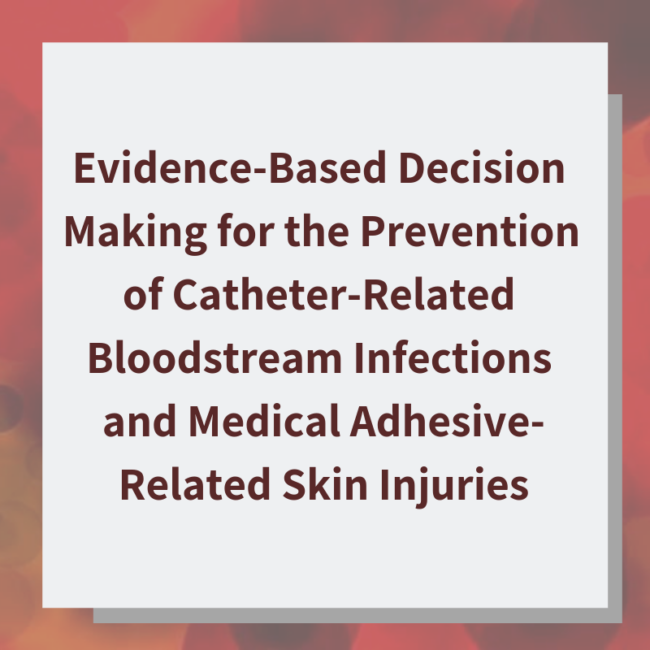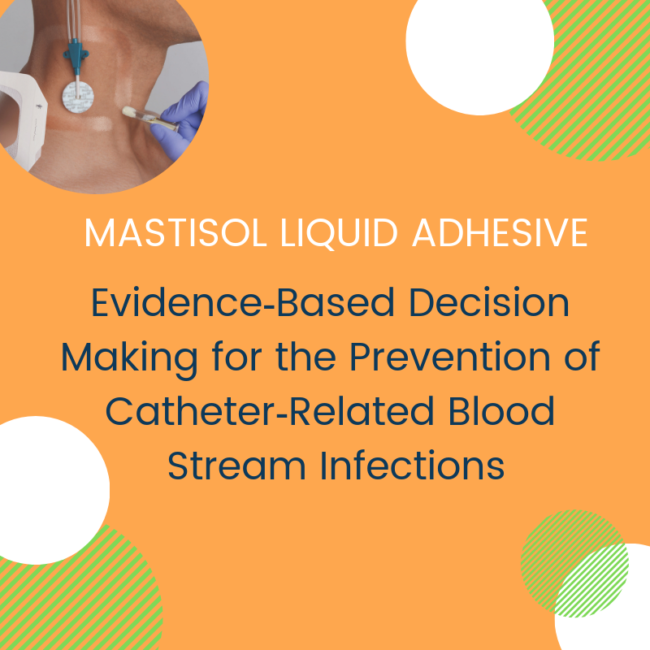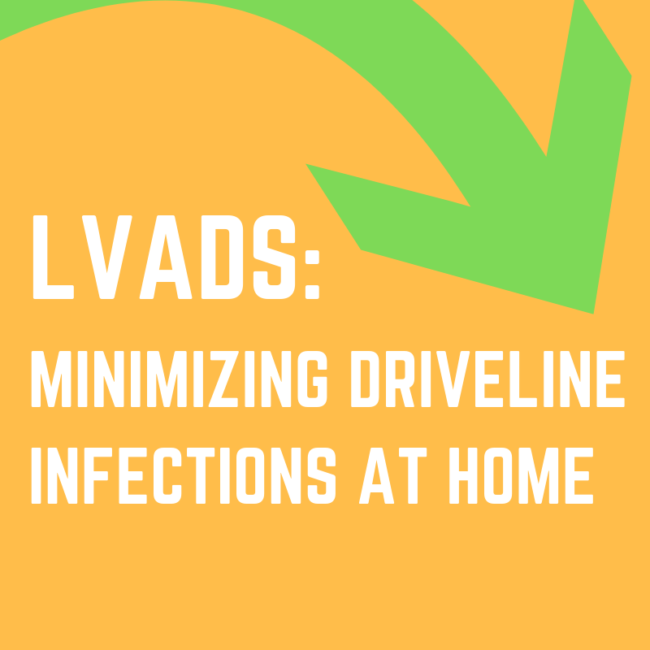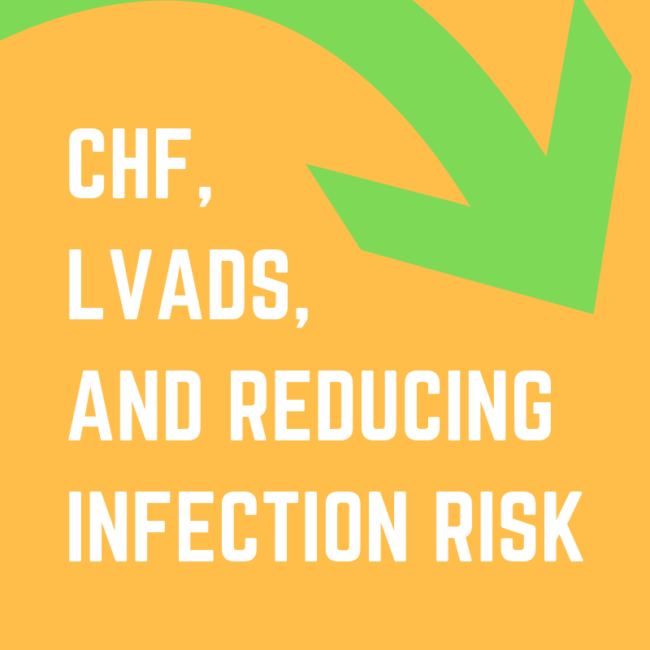Evidence-Based Decision Making for the Prevention of Catheter-Related Bloodstream Infections and Medical Adhesive-Related Skin Injuries
While catheters provide numerous benefits to their users, there can be a health burden associated with their use, as they may promote catheter-related bloodstream infection (CRBSI*) and medical adhesive-related skin injuries (MARSIs). A publication reviewing the qualitative and quantitative evidence supporting the use of Detachol® Liquid Adhesive for the reduction of CRBSI and MARSI can…











